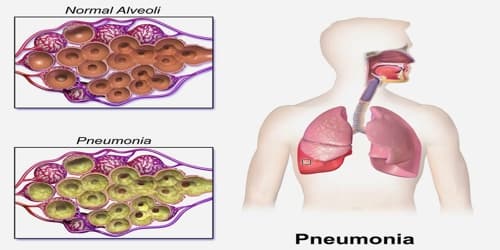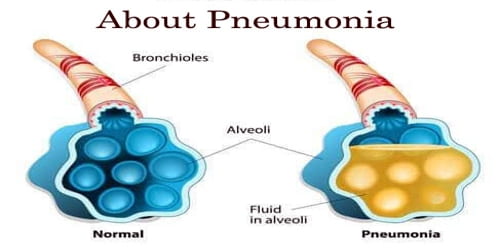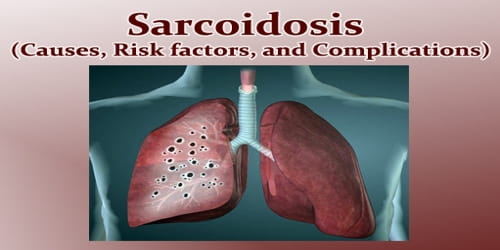About Pneumonia
Definition: Pneumonia is an infection in one or both lungs. It can be caused by bacteria, viruses, or fungi. Bacterial pneumonia is the most common type in adults. Typically symptoms include some combination of a productive or a dry cough, chest pain, fever, and trouble breathing. Severity is variable.
Pneumonia affects approximately 450 million people globally (7% of the population) and results in about 4 million deaths per year. Pneumonia was regarded by William Osler in the 19th century as “the captain of the men of death”.
Pneumonia can occur in young and healthy people, but it is most dangerous for older adults, infants, people with other diseases, and those with impaired immune systems. It is usually caused by infection with viruses or bacteria and less commonly by other microorganisms, certain medications and conditions such as autoimmune diseases.
Risk factors include other lung diseases such as cystic fibrosis, COPD, and asthma, diabetes, heart failure, a history of smoking, a poor ability to cough such as following a stroke, or a weak immune system.

Causes, Sign, and Symptom of Pneumonia: Pneumonia is due to infections caused primarily by bacteria or viruses and less commonly by fungi and parasites. Mixed infections with both viruses and bacteria may occur in roughly 45% of infections in children and 15% of infections in adults.
Pneumonia can be contagious. The bacteria and viruses that cause pneumonia are usually inhaled. They can be passed on through coughing and sneezing or spread onto shared objects through touch. The body sends white blood cells to attack the infection. This is why the air sacs become inflamed. The bacteria and viruses fill the lung sacs with fluid and pus, causing pneumonia.

Pneumonia symptoms can be mild to life-threatening. The most common symptoms of pneumonia can include:
- cough
- rusty or green phlegm, or sputum, coughed up from lungs
- fever
- fast breathing and shortness of breath
- shaking chills
- chest pain that usually worsens when taking a deep breath, known as pleuritic pain
- fast heartbeat
- fatigue and weakness
- nausea and vomiting
- diarrhea
- sweating
- a headache
- muscle pain
- confusion or delirium, especially in older adults
- dusky or purplish skin color, or cyanosis, from poorly oxygenated blood
Symptoms can vary depending on other underlying conditions and the type of pneumonia.
Diagnosis and Treatment of Pneumonia: Pneumonia can be diagnosed with the physical exam and the chest X-ray. But depending on the severity of the patient’s symptoms and their risk of complications, the doctor may also order one or more of these tests:
- A blood test.
- A sputum test.
- Pulse oximetry.
- A urine test.
- A CT scan.
- A fluid sample.
- A bronchoscopy.

Mild pneumonia should be differentiated from upper respiratory tract infection (URTI). Severe pneumonia should be differentiated from acute heart failure. Pulmonary infiltrates that resolved after giving mechanical ventilation should point to heart failure and atelectasis rather than pneumonia. For recurrent pneumonia, underlying lung cancer, metastasis, tuberculosis, foreign body, immunosuppression, and hypersensitivity should be sought after.
Treatment depends on the type and severity of pneumonia.
- Bacterial types of pneumonia are usually treated with antibiotics.
- Viral types of pneumonia are usually treated with rest and plenty of fluids. Antiviral medications can be used in influenza.
- Fungal types of pneumonia are usually treated with antifungal medications.
Doctors commonly prescribe over-the-counter (OTC) medications to help manage the symptoms of pneumonia. These include treatments for reducing fever, reducing aches and pains, and suppressing coughs.
In the hospital, patients are generally treated with intravenous antibiotics and fluids. They may need a supplemental oxygen supply.
Information Source:















